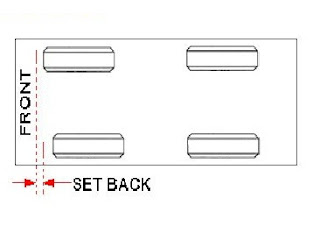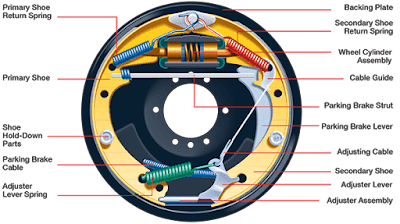Understeer and oversteer both terms are both related to vehicle dynamics and especially wheel alignment. They are related to the sensitivity of an automobile to its steering. In this article, we can check out what is understeer and oversteer and the difference between them.
What are Understeer and Oversteer?
When a car steers less than what the driver commands is called understeer and oversteer is the turning of the car more than what the driver commands. These actions depend on the changes in lateral acceleration and steering angle.Difference between understeer and oversteer :
- Both of these are caused by the difference in slip angles for the front and rear wheels.
What is a slip angle?
It is basically the angle between the direction of the wheel heading or travel and the direction of the car heading or travel.
- Understeer means lack of grip while oversteer means the front side of the vehicle has more grip than the backside.
- When understeer happens, the driver will have little response from the steering wheel on the other side when oversteer happens, it makes the car spin when driving into a corner.
- Understeer takes place when the vehicle's front wheels begin to plough straight despite turning the steering wheel and oversteer takes place as a result of the rear end of a car being fishtailed or sliding out.
- Front-wheel drive cars are prone to understeer while rear-wheel cars are susceptible to oversteer.
- Understeer most commonly happens due to early accelerating while turning in a corner so you can lift the weight distribution that takes the control off of the front tires and leads to the dangerous situation while oversteer is not something to be concerned about because it happens in everyday driving thus it could be dangerous if occurs in snowy, muddy or rainy conditions.
- Applying more suspension or increasing the front wing can minimize the understeer and also tire pressure adjustment helps sometimes while you have to do the opposite to fix this problem you have to loosen the suspension or down-force to drop the grip.
Explore more information:






